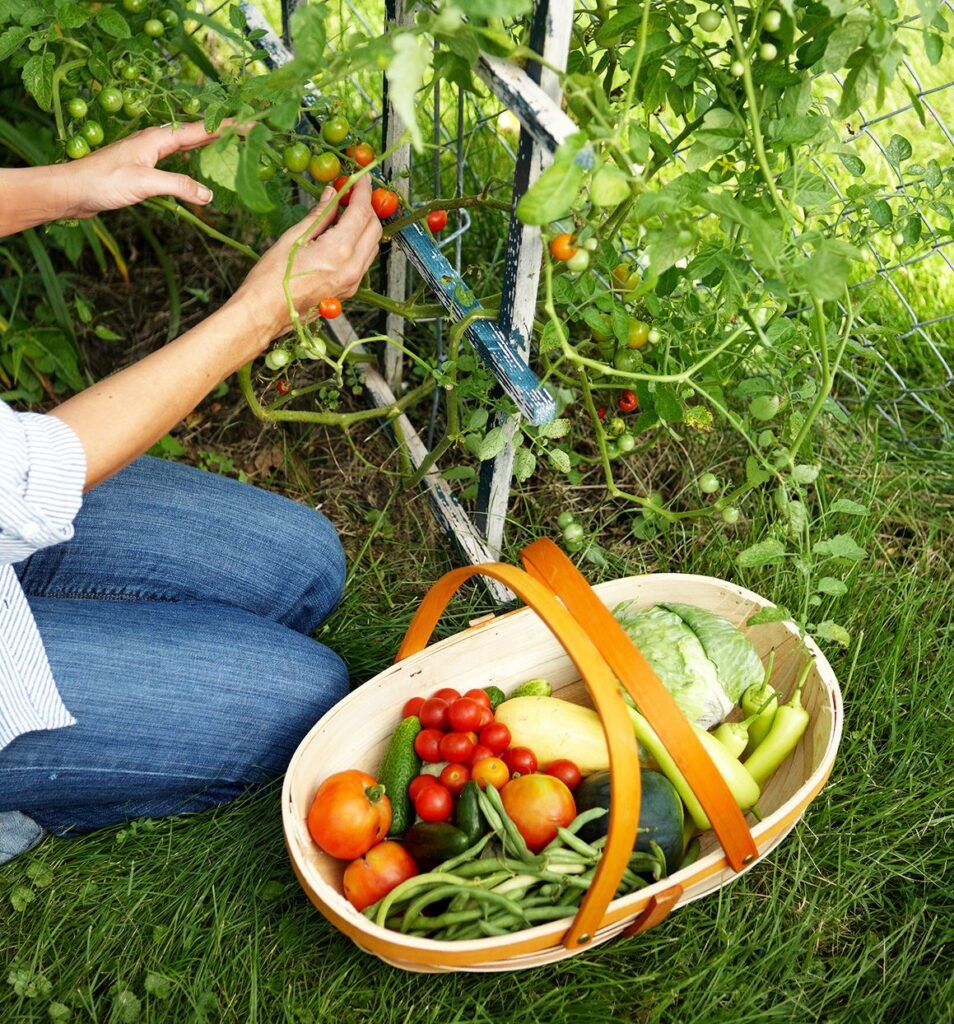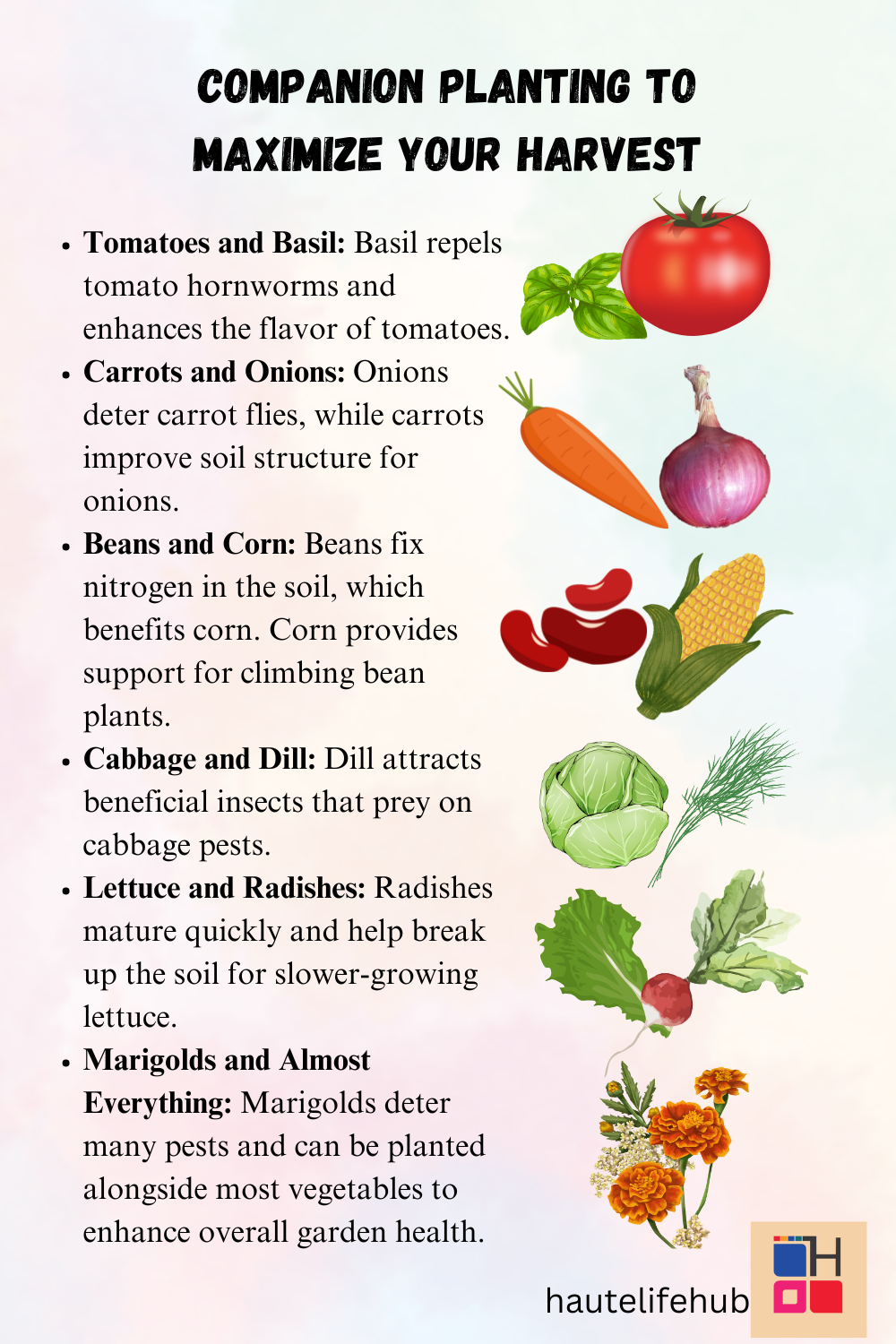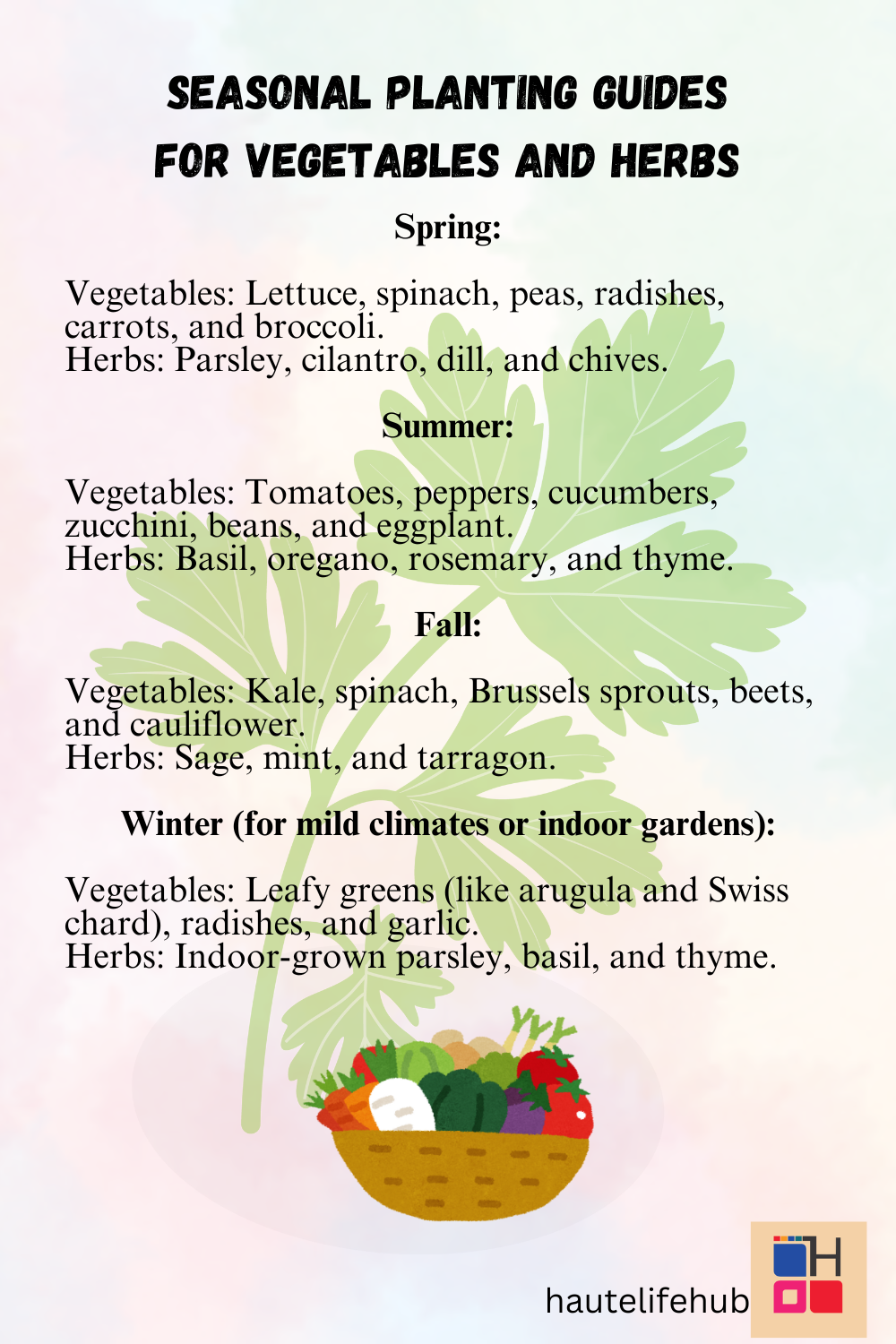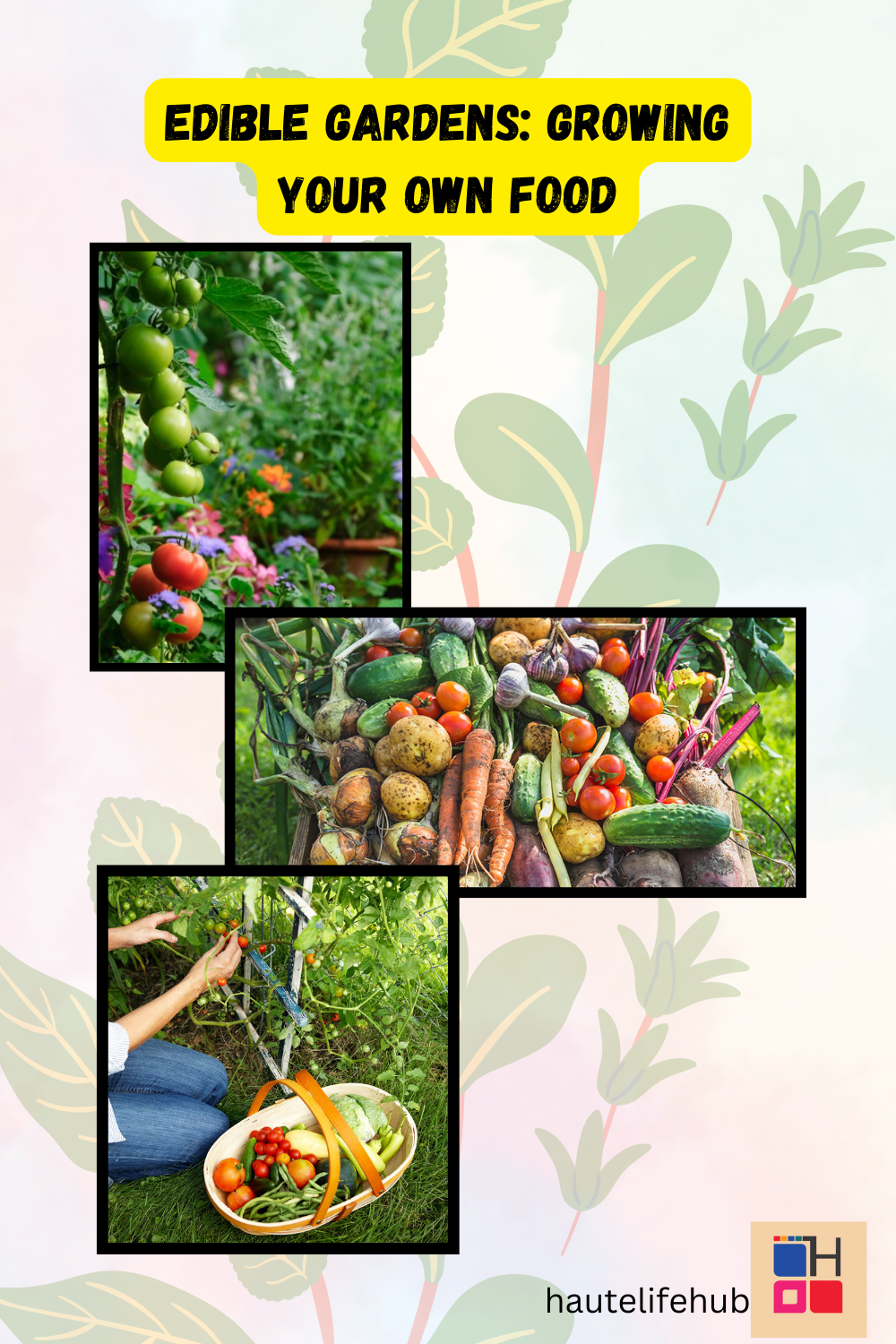Discover the joy of growing your own food with an edible garden, blending convenience, beauty, and fresh produce right at home. Growing your own food is not only rewarding but also provides fresh, healthy produce right from your backyard. Edible gardens can be both functional and beautiful, offering a space where you can connect with nature while cultivating a bountiful harvest. In this blog post, we’ll explore key aspects of starting a vegetable garden, the benefits of companion planting, seasonal planting guides, and tips for designing a convenient and attractive kitchen garden.
Starting a Vegetable Garden: Tips for Beginners
Embarking on your first vegetable garden can be an exciting and fulfilling endeavor. Here are some essential tips to get you started:
- Choose the Right Location: Select a spot that receives at least 6-8 hours of direct sunlight daily. Ensure the location has good drainage and is easily accessible for watering and maintenance.
- Prepare the Soil: Test your soil to determine its pH and nutrient levels. Amend the soil with organic matter, such as compost or well-rotted manure, to improve its fertility and structure.
- Select Your Vegetables: Choose vegetables that you and your family enjoy eating. Start with easy-to-grow varieties like tomatoes, lettuce, carrots, and beans.
- Plan Your Garden Layout: Arrange your garden so that taller plants don’t shade shorter ones. Consider using raised beds or containers if you have limited space or poor soil conditions.
- Start Small: Begin with a manageable garden size to avoid feeling overwhelmed. You can always expand as you gain experience.
- Water Wisely: Keep the soil consistently moist but not waterlogged. Water in the early morning to reduce evaporation and minimize disease risk.
- Mulch: Apply mulch around plants to retain moisture, suppress weeds, and regulate soil temperature.
- Monitor and Maintain: Regularly check your garden for pests and diseases. Remove weeds promptly and use organic methods to control pests.

Companion Planting to Maximize Your Harvest
Companion planting involves growing different plants together to enhance growth, deter pests, and improve yield. Here are some beneficial combinations:
- Tomatoes and Basil: Basil repels tomato hornworms and enhances the flavor of tomatoes.
- Carrots and Onions: Onions deter carrot flies, while carrots improve soil structure for onions.
- Beans and Corn: Beans fix nitrogen in the soil, which benefits corn. Corn provides support for climbing bean plants.
- Cabbage and Dill: Dill attracts beneficial insects that prey on cabbage pests.
- Lettuce and Radishes: Radishes mature quickly and help break up the soil for slower-growing lettuce.
- Marigolds and Almost Everything: Marigolds deter many pests and can be planted alongside most vegetables to enhance overall garden health.

Seasonal Planting Guides for Vegetables and Herbs
Planning your garden according to the seasons ensures a continuous supply of fresh produce. Here’s a seasonal planting guide to help you get started:
Spring:
- Vegetables: Lettuce, spinach, peas, radishes, carrots, and broccoli.
- Herbs: Parsley, cilantro, dill, and chives.
Summer:
- Vegetables: Tomatoes, peppers, cucumbers, zucchini, beans, and eggplant.
- Herbs: Basil, oregano, rosemary, and thyme.
Fall:
- Vegetables: Kale, spinach, Brussels sprouts, beets, and cauliflower.
- Herbs: Sage, mint, and tarragon.
Winter (for mild climates or indoor gardens):
- Vegetables: Leafy greens (like arugula and Swiss chard), radishes, and garlic.
- Herbs: Indoor-grown parsley, basil, and thyme.

Designing a Kitchen Garden for Convenience and Beauty
A well-designed kitchen garden not only provides fresh produce but also enhances the aesthetics of your outdoor space. Here are some design tips:
- Accessibility: Place your kitchen garden close to your home for easy access when cooking. Raised beds or vertical gardens can make maintenance more convenient.
- Pathways: Include clear, wide pathways to navigate between beds easily. Use materials like gravel, wood chips, or stepping stones for a tidy appearance.
- Plant Grouping: Group plants with similar water and sunlight needs together. This simplifies care and ensures optimal growth conditions for each plant.
- Aesthetic Elements: Incorporate decorative elements such as trellises, garden art, and attractive containers. Plant colorful flowers alongside vegetables to attract pollinators and add visual appeal.
- Succession Planting: Plan for succession planting to maximize your harvest. As soon as one crop is harvested, plant another in its place to keep your garden productive year-round.
- Vertical Gardening: Use vertical space for climbing plants like beans, cucumbers, and tomatoes. This not only saves space but also adds structure and height to your garden design.

Conclusion
Creating an edible garden is a fulfilling way to enjoy fresh, homegrown produce while connecting with nature. Whether you’re a beginner or an experienced gardener, these tips for starting a vegetable garden, companion planting, seasonal planting, and designing a beautiful kitchen garden will help you achieve a productive and enjoyable gardening experience. Happy gardening!


